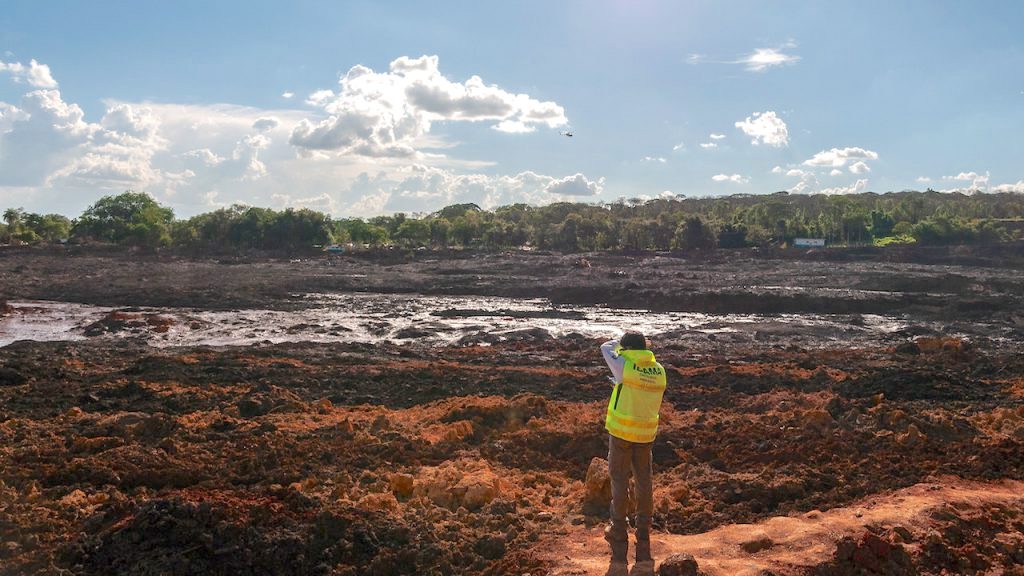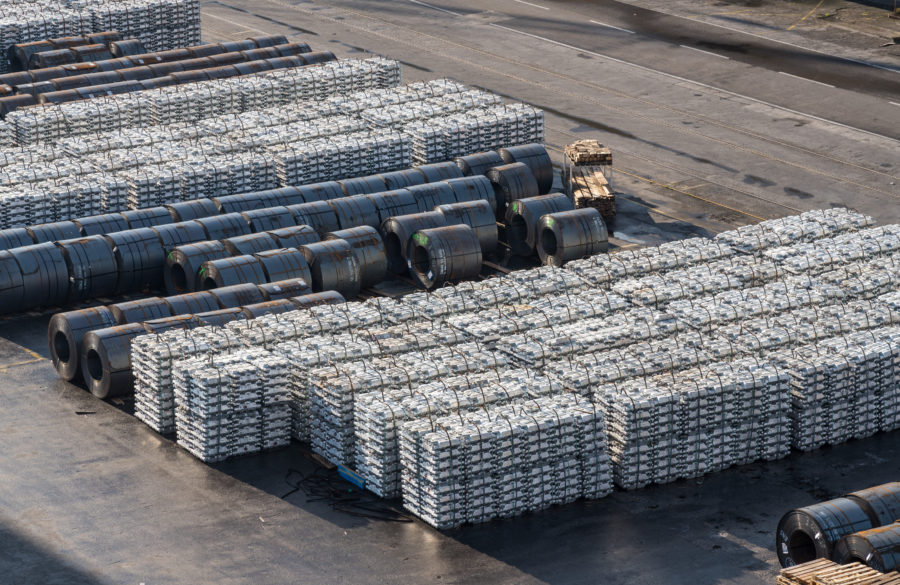Brazilian state affected by Vale dam burst rejects $4bn offer

The head of the Brazilian state of Minas Gerais, where Vale’s (NYSE: VALE) Brumadinho dam collapsed in January 2019, leaving 270 people dead, has rejected the miner’s proposed settlement of around 21 billion reais ($3.97bn).
Minas Gerais’ Secretary General Mateus Simoes told local paper Isto e Dinhero the state opposed both the amount and some of the terms offered by Vale.
Minas Gerais’ Secretary General said Vale’s offer didn’t not even cover the material damages, which the state estimates at 26 billion reais ($4.9bn)
According to Simoes, the amount offered does not even cover the material damages caused by the accident, which the state estimates at 26 billion reais ($4.9bn).
Minas Gerais is requesting 54.6 billion ($10.3bn) in compensation, a figure that includes relocation and the psychological damage suffered by survivors and the victims’ families.
A new meeting has been scheduled for December 9 and will focus on terms, rather than values, Simoes noted.
The Córrego do Feijão mine’s tailings dam collapse, the deadliest in Brazil’s mining history, cost former chief executive Fabio Schvartsman his job and he now faces homicide charges. It also triggered a global inquiry into the status of 726 tailing dams.

The International Council on Mining and Metals (ICMM), a London-based industry group representing 27 major mining companies, formed an independent panel of experts in charge of developing global standards for tailings facilities.
The Church of England, which invests in mining companies through its pensions for retired clergy, along with its partners, launched a global inquiry in April 2019 into the mining waste storage systems of more than 700 resources companies.
It now asks companies to disclose data on tailings dams on a regular basis.
Fresh dam alert
Vale said on Wednesday it had increased security and evacuate 34 residents close to its Norte/Laranjeiras dam as a preventative measure.
The company said the measure would have no impact to production at the associated Brucutu iron ore mine, one of the country’s largest.
Vale, the world’s largest iron ore producer, is still facing legal action over the deadly accident, including allegations that the miner was aware of the dam’s unstable condition years before the accident happened.
Switzerland-based Responsible Mining Foundation (RMF) published a study in early April this year, showing that investor-led action had resulted in improved transparency regarding the state of such facilities.
The vast majority of miners, however, have yet to demonstrate they are reviewing how they effectively manage tailings-related risks.
More News
Column: Europe’s future metals strategy hindered by current crisis
Chinese over-capacity and high energy prices have accelerated the long-term decline of European steel and aluminum production.
March 29, 2025 | 02:25 pm
Anglo starts talks with banks on possible De Beers IPO
Anglo is pursuing a dual-track process in its effort to exit De Beers by trying to find a buyer for the struggling business.
March 28, 2025 | 12:19 pm
{{ commodity.name }}
{{ post.title }}
{{ post.excerpt }}
{{ post.date }}



Comments